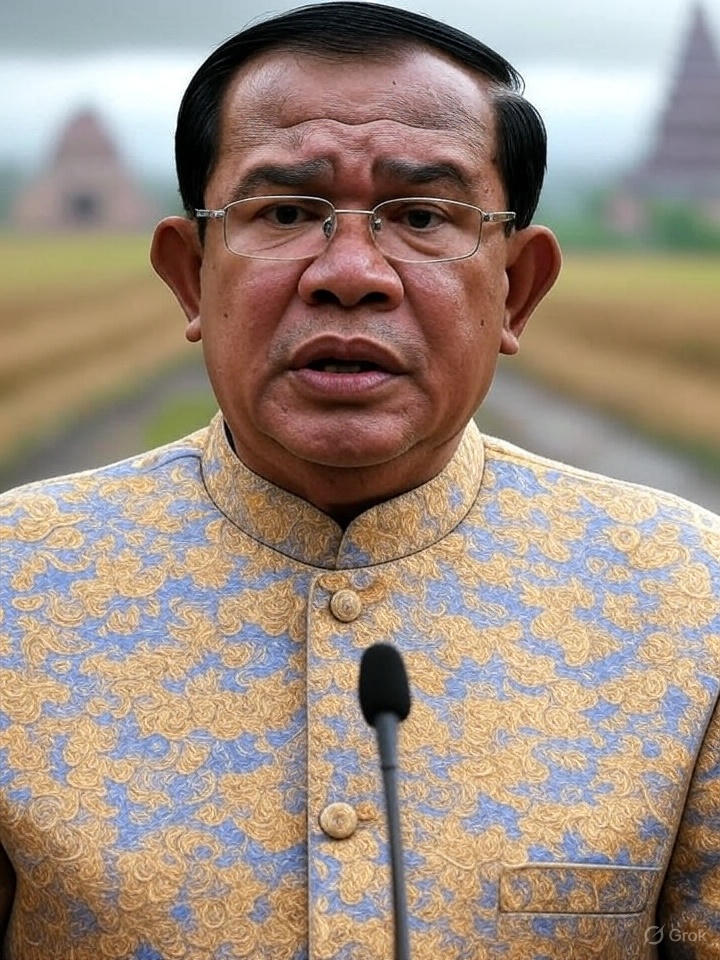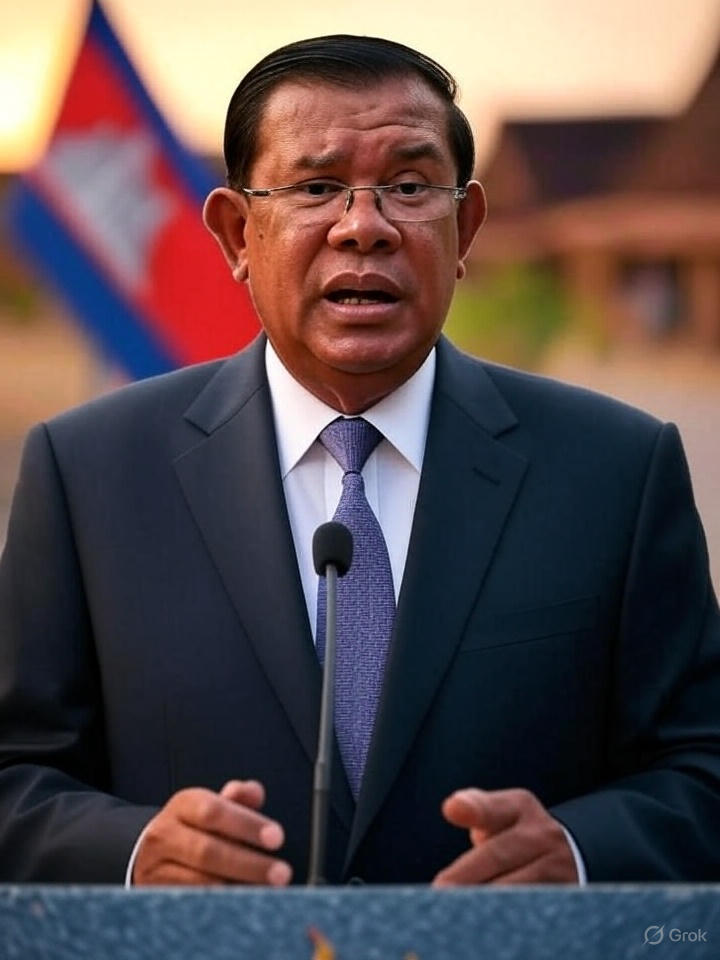Tensions along the long-disputed Thailand Cambodia frontier escalated dramatically starting on July 24, 2025, when deadly clashes broke out around the disputed Ta Muen Thom and Preah Vihear temple area. Cambodia has demanded an immediate ceasefire, highlighting the geopolitical fault lines between pro U.S. Thailand and China-aligned Cambodia.
(Globedge)
Timeline & Scale of the Conflict
- The fighting began when Cambodian troops reportedly deployed drones near Ta Muen Thom, followed by soldiers advancing toward Thai positions. Thailand claims Cambodian forces opened fire first.
(Wikipedia) - Thailand responded with airstrikes, deploying six F‑16 jets to bomb Cambodian military targets, including at Chong An Ma and other areas.
(Globedge) - Cambodia claims Thailand launched a “premeditated military aggression” and sealed off access to historic temple zones.
As of July 26, 2025, the toll stands at at least 32 dead, including soldiers and civilians on both sides. In Thailand, 14 civilians and 1 soldier were killed, with dozens wounded; in Cambodia, the casualties include 5 soldiers and 8 civilians.
(Reuters)
Humanitarian Fallout
- Over 138,000 Thai residents primarily from Surin and Sisaket provinces have been evacuated.
(The Sun) - Cambodian officials report more than 20,000 people displaced in areas near the front lines.
(euronews) - Conflict has spread to six areas over 209 km, and fighting extended to Trat and Pursat provinces from distant sectors of the border.
(Reuters)
Cambodia’s Ceasefire Demand
The Cambodian government unequivocally called for an immediate, unconditional ceasefire, pushing for crisis talks at the UN Security Council. Cambodia’s UN envoy underscored that the country seeks peaceful resolution and accused Thailand of initiating unprovoked aggression.
(The Guardian)
Thailand’s Position & Diplomatic Posture
- Thailand emphasizes bilateral channels and has resisted third-party mediation despite Malaysia’s offer to act as mediator.
(Reuters) - Thai officials argue Cambodia violated Thai sovereignty, citing issues like landmine detonations and unauthorized troop placements.
(Daily Sabah) - The country portrays itself as acting defensively, particularly after shelling reportedly hit a hospital and civilian areas like a petrol station, which Thailand called war crimes.
(Daily Sabah)
Root Causes: Territory & Political Rivalries
- The conflict draws from a colonial era territorial dispute over temple sites such as Preah Vihear, legally ruled Cambodian by the International Court of Justice (ICJ) in 1962 and reaffirmed in 2013. Still, border ambiguities linger.
(The Washington Post) - Analysts point to a breakdown in alliance between Cambodia’s Hun family and Thailand’s Shinawatra dynasty. A leaked call involving Thai Prime Minister Paetongtarn Shinawatra and ex leader Hun Sen inflamed mutual distrust and political strife.
(The Wall Street Journal) - Cambodia’s growing alignment with China and Thailand’s historic ties to the United States add geopolitical stakes to what began as a local border conflict.

Regional & International Fallout
- The United Nations Security Council held a closed emergency session, with all 15 members urging de escalation and peaceful negotiations.
(euronews) - ASEAN chair Malaysia offered to mediate; Cambodia supports the proposal, while Thailand prefers direct talks.
- The United States has called for an immediate pause in hostilities and protection of civilians. China, while allied with Cambodia, expressed “deep concern” and urged restraint.
(Reuters)
What Lies Ahead?
The situation risks escalation into a broader military confrontation, potentially destabilizing Southeast Asia. Political instability in Thailand stemming from the Shinawatra government’s collapse and Cambodia’s assertiveness backed by China raise fears of longer term conflict. Analysts warn that unchecked nationalistic fervor and unresolved legal ambiguity could fuel sustained confrontations.
Summary
The current border war between Thailand and Cambodia is both a clash over historical territory and modern power rivalries. With over 30 fatalities, mass displacement and accusations of war crimes from both governments, Cambodia’s plea for an immediate ceasefire marks a desperate bid to halt the bloodshed. As Thailand leans on U.S. alliances and insists on bilateral negotiation, Cambodia’s ties with China cast the conflict into a larger regional context. Without urgent de‑escalation and diplomatic dialogue, the conflict threatens to spiral into a full‑scale regional crisis.

